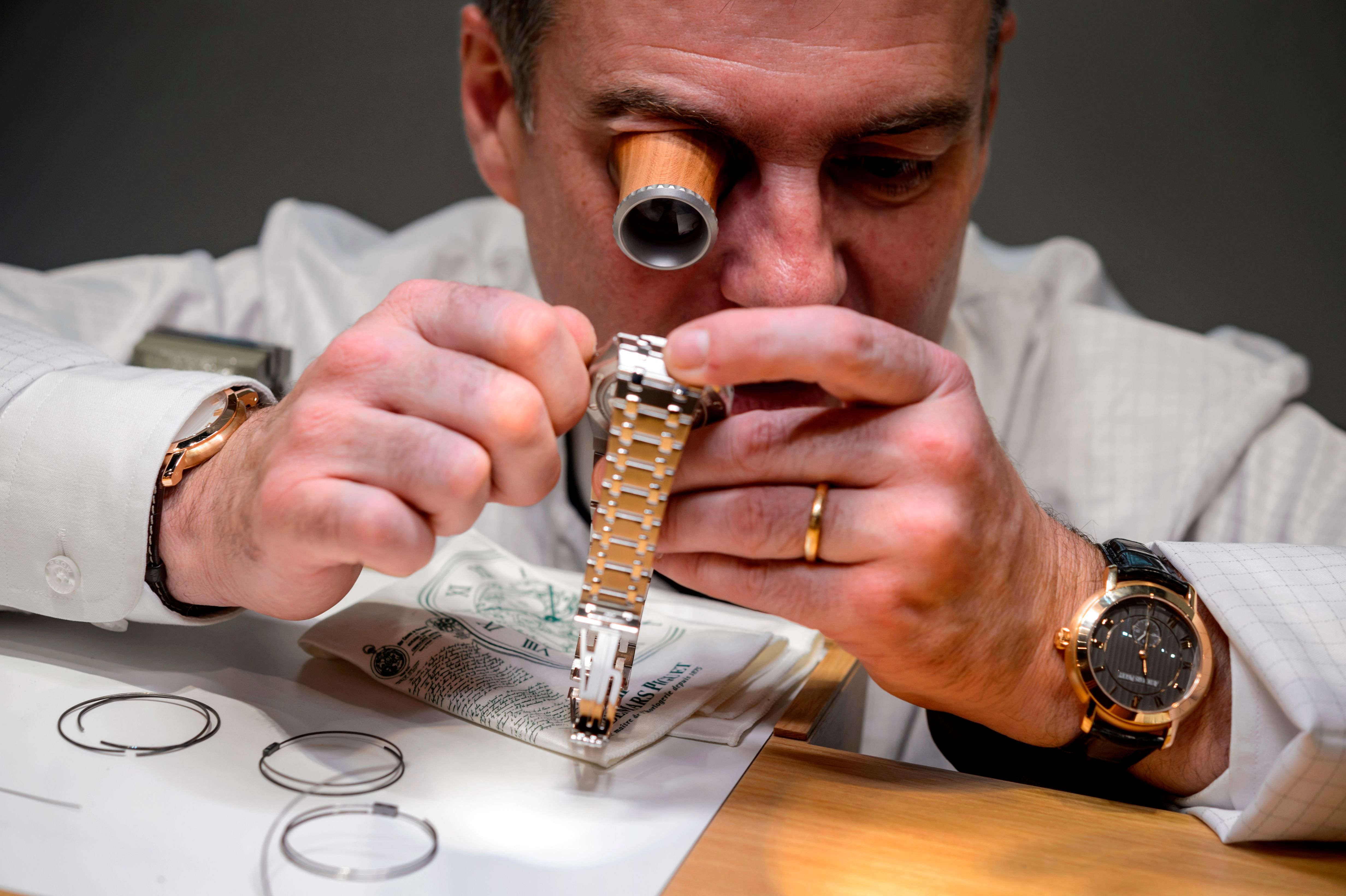RABAT (AFP) - Couscous, the Berber dish beloved across northern Africa's Maghreb region and beyond, on Wednesday (Dec 16) joined the UN list of the world's intangible cultural heritage.
It was joined by the craftmanship of Swiss and French mechanical watchmaking, an art practised for centuries in the Jura mountain region straddling the two countries.
The countries that submitted the couscous listing to Unesco - Algeria, Morocco, Tunisia and Mauritania - may have their differences, but their common love of the grain staple runs deep.
"Couscous, present at every social or cultural event, is at once ordinary and special," their joint presentation argued.
"Ordinary because of the frequency of its use in a family setting, and special because of the unifying and propitiatory role it plays at convivial community occasions at which food is shared."
Unesco annually announces a list of cultural artefacts that encapsulate the spirit and heritage of their countries.
Bland by itself, couscous is served with meat or fish, spicey stews, chickpeas and vegetables in a mouth-watering variety of dishes.
Moroccan restaurant owner Hicham Hazzoum was among the couscous connoisseurs who applauded Unesco's honour.
"I think we are the only Arab countries to have a high regard for this dish," he said.
"It is impossible not to eat it every Friday.
"Moroccans are crazy about couscous and even children love it. It shows that the couscous flame will never go out."
Across the region, couscous - also known as Seksu, Kusksi and Kseksu - is as elementary as rice or noodles are to Asian cuisine, the staple without which no meal is complete.
Arabic dictionaries have documented "Kuskusi" since the 19th century, though it is known to be far older.
The regional pride in couscous found full expression in the countries' joint nomination for the "knowledge, know-how and practices pertaining to the production and consumption of couscous".
"Women and men, young and old, sedentary and nomadic, from rural or urban communities or from immigrant backgrounds all identify with this element," it gushed.
"The ethos of couscous is the expression of community life."
'Great unifier'
Tunisian chef Taieb Bouhadra said his country took pride in its different types of couscous.
"There are many varieties, almost every house has its own grain," said the owner of El Ali restaurant, in the old city of Tunis.
Couscous is prepared from wheat or barley, and sometimes from maize, millet or sorghum, which is ground into semolina.
This is rolled into pellets which are sieved and later soaked and repeatedly steamed.
"Women, in particular, play a fundamental role in the preparation and consumption of the dish, and in practising and preserving the related symbolic value systems," said the paper.
The girls learn not only the techniques, but also "the songs, gestures, characteristic oral expressions and ritual organisation" that go along with the process.
Algerian chef Rabah Ourrad said about making his couscous dishes: "I didn't learn this in a cooking school. It's decades of observing the mother, the sisters and all North African women who are experts in this."
In an often fractious region, there were hopes the joint bid would strengthen a sense of common identity.
After Algeria four years ago sparked the ire of regional rival Morocco by planning its own couscous nomination, the 2020 bid was a cross-Maghreb initiative.
Ourrad also passionately argued that couscous could serve as the region's great unifier.
Algeria, Morocco and Tunisia all have their particular styles, he said, but adding: "We are all the same people, and the couscous is Maghrebi, the couscous is ours."
Not everyone was fully on board with the mushy couscous diplomacy, including Hazzoum, the Moroccan restaurant manager.
"I say this with all due respect to other countries," he told AFP, "but Moroccan couscous is the best."

A centuries-old craft
Switzerland and France had last year presented a joint application for their centuries-old cross-border watchmaking craft to be included on the prestigious global Unesco list.
Its inclusion in 2020 highlights "a living and emblematic tradition in the French-Swiss Jura Arc," the Swiss cultural ministry said in a statement.
The craftmanship getting the Unesco nod sits at a "crossroads of science, art and technology," the UN agency said.
The listing covers the skills related to the craftsmanship of mechanical watchmaking and art mechanics, which are used to create watches, clocks and other objects designed to measure and indicate time.
But the manufacture of automatons, music boxes and mechanical songbirds are also included.
And techniques range from the manual and traditional to the cutting-edge and innovative.
"Though generally hidden, the mechanisms can also be visible, which contributes to the aesthetics and poetic dimension of the objects," the Unesco listing said.
The Swiss-French Jura Arc, stretching from Geneva to Basel, is considered the cradle of the European time keeping industry, with the craft practised there for centuries.
French theologian Jean Calvin, the influential reformer in Geneva during the Protestant Reformation, actually played a role in embedding watchmaking in the region.
By banning the wearing of ornamental objects in 1541, he "in effect forced goldsmiths and other jewellers to turn to a different art: that of watchmaking," the Federation of the Swiss Watch Industry explains on its site.
The fact that numerous Protestants fleeing prosecution in France also fled into the city, bringing their watchmaking skills with them, also helped embed the craft in the city.
Today, the Jura region remains bustling with watchmaking companies, big and small, with highly qualified craftspeople and a multitude of training options.
In Switzerland alone, 57,500 people are employed in the sector, which counts a broad range of professions that are needed to assemble the casings and internal mechanics of a precision timepiece.
Watchmaking is the third largest export sector in the Alpine country, with exports ticking in at nearly 22 billion Swiss francs (S$33 billion) last year.

